People are the backbone of any organization, the driving force behind the customer experience. And only businesses that provide the best possible employee experience can be sure that nothing will strike from the rear while conquering new heights and trying to build long-term relationships with consumers.
To understand how employees are doing, what motivates and enthralls them, and what problems they face every day, one can opt for employee journey mapping. Similar to customer journey mapping, it visualizes experiences and interactions of your employee persona but has its own specifics and is even more complicated in some ways.
To help you understand this direction of mapping, we collected answers from seven employee journey mapping practitioners.
Meet our experts:
- Melissa Henley, Senior Director of Customer Experience at Laserfiche
- Paul Lopushinsky, Founder of Playficient
- Yana Sanko, Head of Consulting at UXPressia
- Elena Rozanova, Head of Customer Relations, Small business at Rosbank
- Paula Alexandra Clapon, People Manager at Thinslices
- Kristin Cobuzzi, Managing Director at Accenture
- Jacqueline L. Frank, Instruction & Accessibility Librarian at Montana State University-Bozeman
Based on their answers, we wrote the whitepaper covering different phases of the employee journey mapping initiative and their nuances.
“Employee experience is getting more critical and complex these days. And that impacts everything from work efficiency and team culture to brand reputation and customer experience. You can either watch the consequences or seize the opportunity and gain from it.”
Curious about what’s inside? We summarized it below.
Employee journey mapping: whitepaper overview
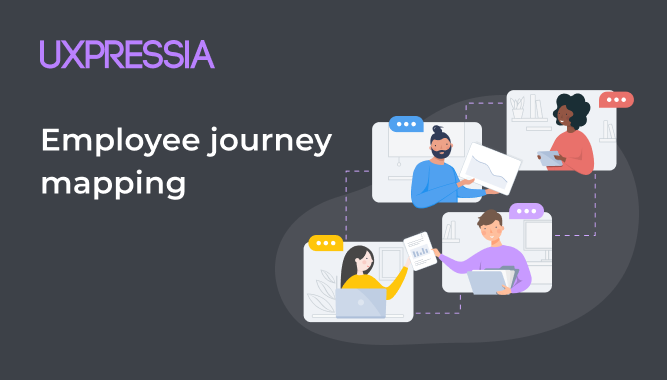
This whitepaper includes five extensive sections dedicated to different dimensions of employee journey mapping. Sections contain practical tips, expert quotes, employee journey map examples, and other useful materials.
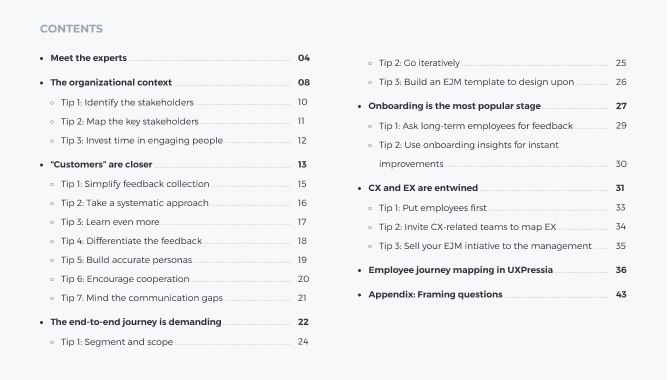
The organizational context
When it comes to an employee journey mapping initiative, there are recruiters, top management, middle management, colleagues, hired specialists, already quit employees, retirees, and other employees taking part in it.
So it’s hard to identify stakeholders who are to be involved and at what stages. But without this phase, you won’t be able to effectively implement it and achieve your goals. That’s why you’d better spare no time to identify people who influence employee journeys and come up with engagement methods.
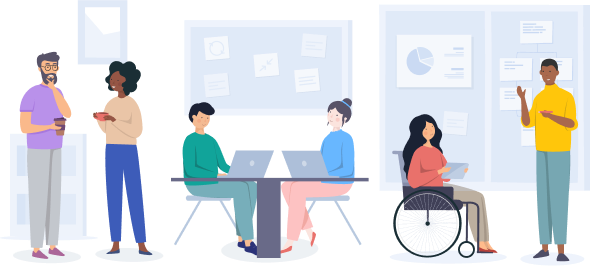
“Customers” are closer
You will know why it’s easier to collect feedback from employees than from customers, what pitfalls this communication hides, and how to get around them in order to gather reliable data for an employee journey map.

The end-to-end journey is demanding
This section focuses on the employee journey map (EJM) itself: how an employee journey differs from other journey types, why scoping and the iterative approach are vital when you aim for an end-to-end EJM, and how to turn your map into a starting template for deeper research.
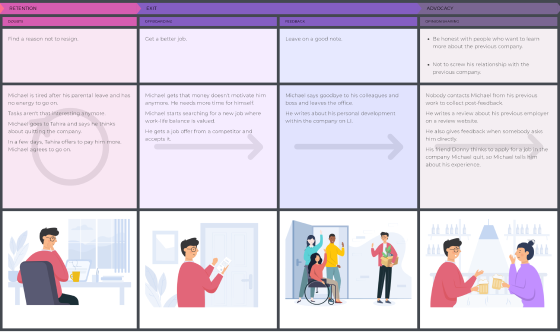
Onboarding is the most popular stage
Here you will find out why the onboarding stage is so remarkable, what insights can be obtained, and how to use those as efficiently as possible. You will also understand how to get the most honest feedback related to the onboarding process.
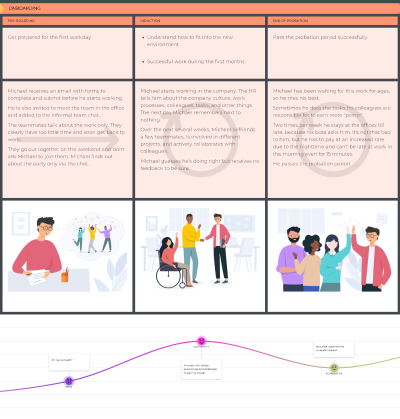
CX and EX are entwined
In this section, you will dig deeper into the relationship between seemingly different experiences: employee and customer, and learn:
- How one influences the other;
- Why employee experience requires as much if not more attention than CX;
- How customer experience can help convince top management that the organization needs the employee journey mapping initiative.

For those who, after reading this whitepaper, will be motivated by the idea of employee journey map building, we added a checklist with framing questions to help you with this initiative.
Curious enough? Read the whitepaper now:
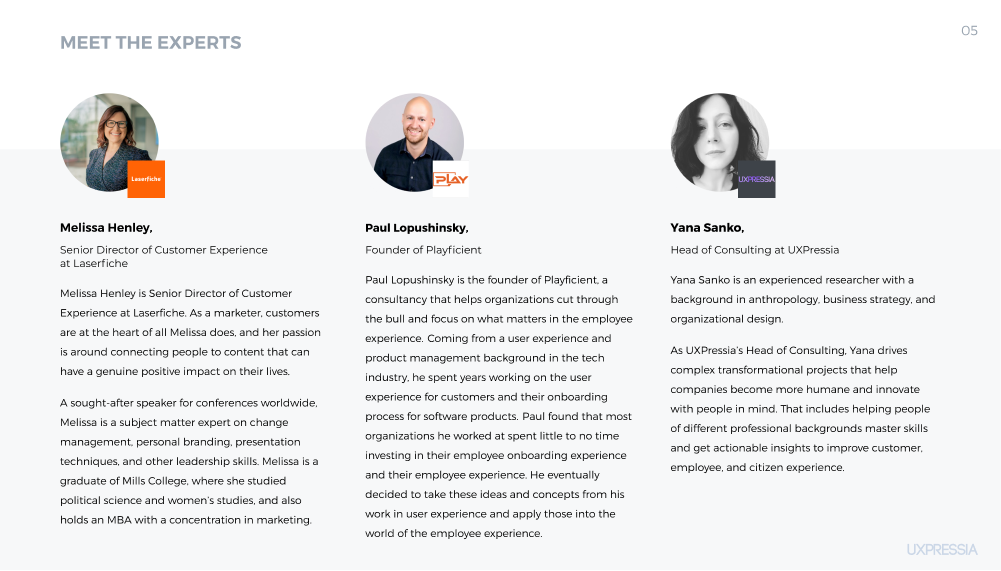
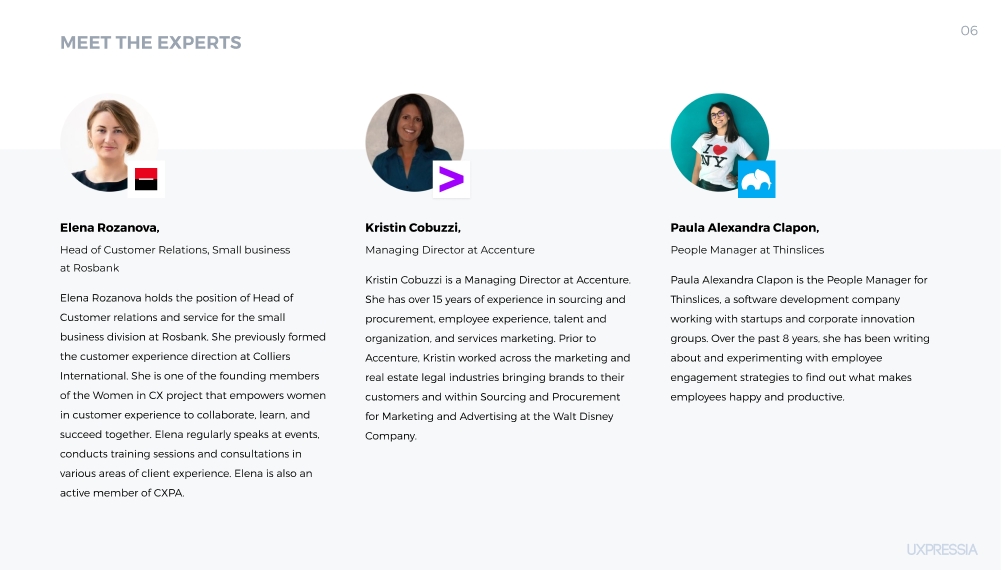
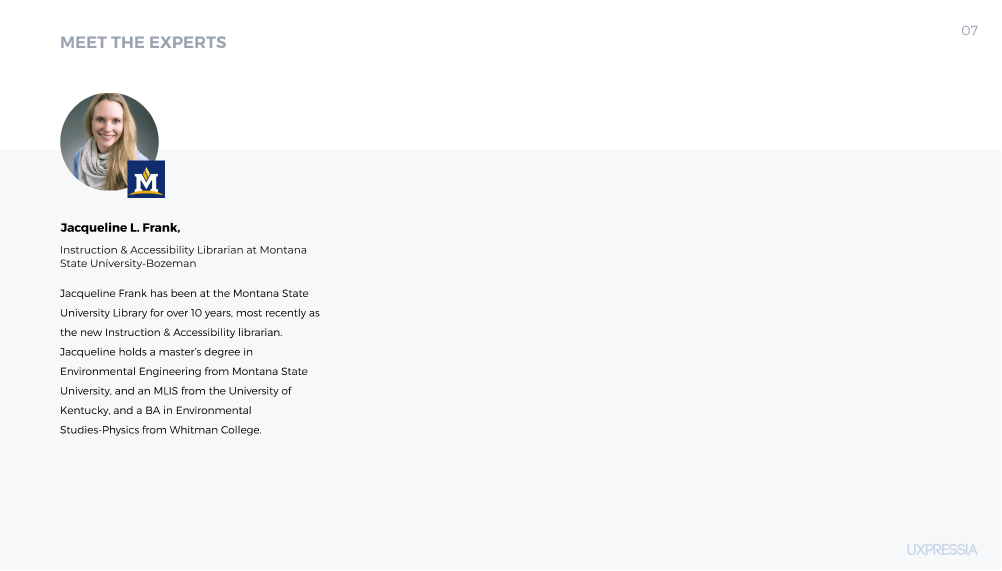
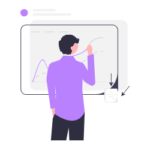

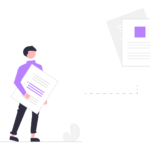



Where is the whitepaper? I have not received anything in my mail.
Hi Carlos! We’ve just resent you an email with the whitepaper.